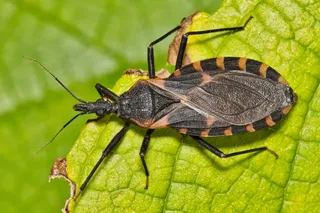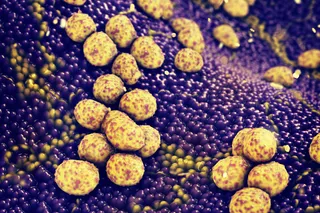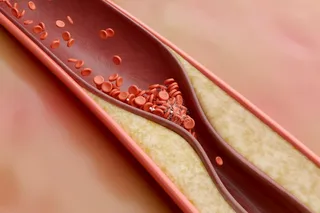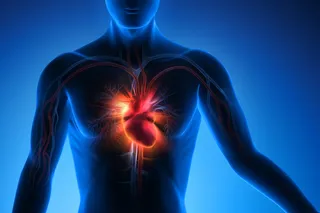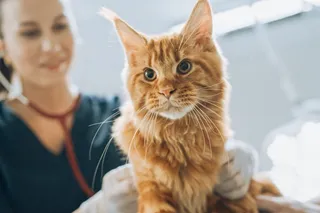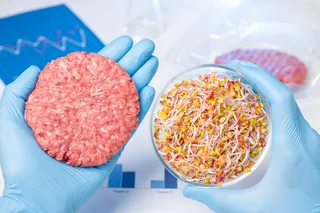There have been a spate of articles about E. O. Wilson'sdrive to put group selection back into mainstream conversation among evolutionary biologists over the past year.
Wilson has kept the torch alive for this particular paradigm since the 1970s, when it was prominently featured in his famous book Sociobiology.
At the same time as Wilson was making waves in the United States Richard Dawkins debuted with The Selfish Gene, a book where he explored the new ideas of theoretical biologists W. D. Hamilton and J. M. Smith. Hamilton's model of kin selection, which he debuted in the mid-1960s, ushered in a revolution in the social theory of evolution and heralded a long twilight for group selectionist theories (the philosophical decapitation was implemented by George Williams). Through this period Wilson refused to be swept away by the swelling tide, and in his book Evolution for Everyone David Sloan Wilson recounted how ...



